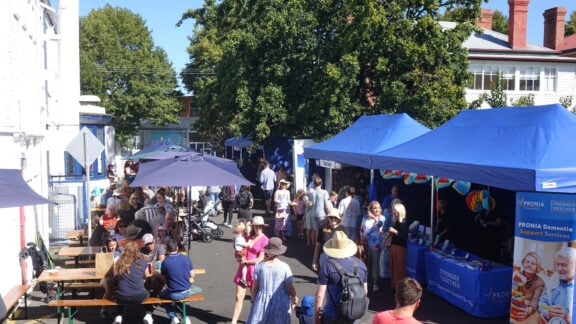Ingredients:
1 whole lamb with head off around 10-14 kilos
6 lemons
1 whole garlic
150 grams course sea salt
70 grams ground white pepper
150 grams sweet paprika
200 grams dried oregano
500 ml vegetable oil
500 ml extra virgin olive oil
250 ml white wine
3 tbsp crushed garlic
butchers twine
1 large leatherwork knitting needle
Method:
Prepping the lamb:
1. Make a rub mix by mixing all the seasonings in a mixing bowl.
2. Peel garlic and cut cloves into small pieces about the size of a ten cent coin.
3. Cut 2 lemons into pieces similar in size to garlic.
4. Using a paring knife, make incisions into thick parts of lamb. For example behind shoulder blades, the back of the neck, down along the spine and even searching for spots inside the rib cage. Don’t pierce too deep so as not to go right through the carcass. Spread the holes out. Into these holes we will stuff them with a piece of lemon and garlic. But before we do this we will use our index finger just to widen the hole slightly and we will sprinkle a little of the rub mix into the hole and then we add the lemon and garlic. Using a little bit of pressure we will close the hole. Once we have filled all the holes we will rub some of the mix all over the lamb on the skin and on the inside.
Spitting the lamb:
1. Most spits are similar in make and have the long spit that will insert through the rear of the hindquarter and come up through the chest and come out underneath the neck.
2. Then there will be a clamp which will be there to secure the spine to the spit rod so it doesn’t fall apart while it’s cooking as it turns. Once this is secured to the spit rod we can enclose the chest with the thread.
3. Cut a 30cm length bit of twine and thread into needle and double it over. Even it out and tie a knot at the end.
4. Starting from the top of the breast plate, start threading through the skin and into the flesh. Just a standard crossover stitch will do making sure you tighten the thread. They don’t have to be close stitches either. Keep going down over the belly until you get to the hindquarter where you will finish up.
5. They will also have attatchments to which the fore and hind legs are attached. Secure the legs firmly. Again, this is to stop them from falling apart during the cooking process.
6. Attach to motor and away we go.
7. With the remaining ingredients, and half of remaining rub mix make a baste. Cut up an old cotton rag into strips and tie to a stick. Dip makeshift baster into baste and gently baste lamb as it turns on occasion being careful not to drip any liquid onto coals so as not to smoke and flame it too much. Also on occasion sprinkle some rub mix all over as it turns.
8. Depending on the size of your heat and lamb the optimum time for cooking is around 4-6 hours. When lamb starts to peel off get a large piece of metal to cover coals and turn motor off to begin carving lamb.
Advertisement
How to make lamb on the spit
The making of lamb on the spit is an artform – and here are the secrets to it








